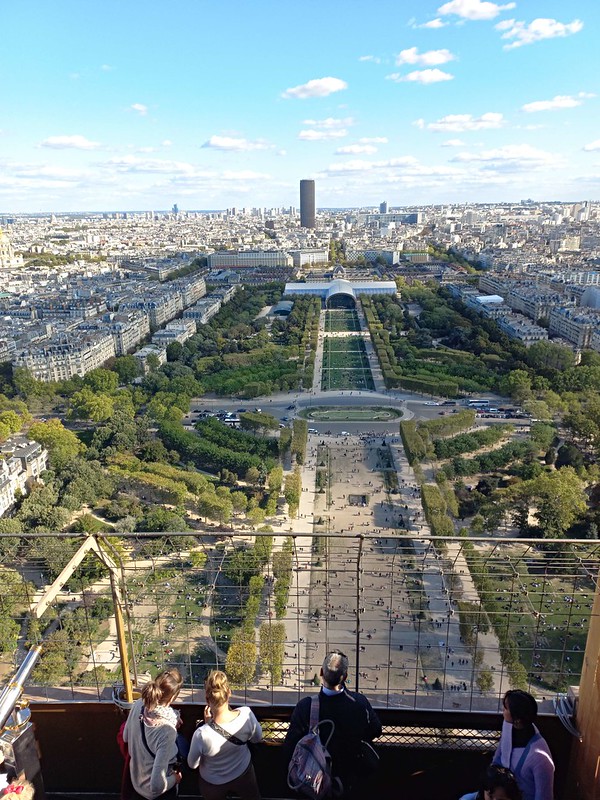No trip to Paris is complete without seeing the Eiffel Tower, the city’s most famous landmark and one of the most recognized monuments in the world. Built between 1887 and 1889 for the 1889 World’s Fair, the tower was designed by engineer Gustave Eiffel and has since become the symbol of Paris.
Standing at 330 meters tall, the Eiffel Tower held the record as the world’s tallest structure until the completion of the Empire State Building in New York in 1930. Today, it attracts millions of visitors each year and offers some of the best panoramic views of Paris.
History of the Eiffel Tower
- Construction: Built from 1887 to 1889 as part of the 1889 Exposition Universelle (World’s Fair) to celebrate the 100th anniversary of the French Revolution.
- Engineer: Named after Gustave Eiffel, whose company designed and built the structure.
- World’s Tallest Structure: At its completion, it was the tallest building in the world and remained so for over 40 years.
- Originally, the tower’s appearance was controversial, with many Parisians considering it unattractive. Today, however, it is one of the most beloved landmarks in the world.
Architecture and Structure
The Eiffel Tower is made of wrought iron and consists of four massive pillars connected by lattice girders, forming a pyramid shape.
- Height: 330 meters (1,083 feet)
- Weight: About 10,000 tons
- Paint Colors Over Time: Originally reddish-brown, later painted yellow, chestnut brown, and finally its current shade, Eiffel Tower Brown, adopted in 1968.
Levels of the Eiffel Tower
The Eiffel Tower has three accessible levels, each offering unique attractions:
First Floor
- Glass floor sections for unique views
- Exhibition spaces and interactive displays
- Restaurants and shops
Second Floor
- Panoramic views of Paris landmarks like the Louvre, Arc de Triomphe, and Notre-Dame
- Fine dining options, including the famous Le Jules Verne restaurant
Summit (Third Level)
- Highest observation deck in Paris
- Champagne Bar
- Gustave Eiffel’s office, preserved as it was in his time
- Stunning 360-degree views of the city
Visiting the Eiffel Tower: Practical Tips
- Book in Advance: Tickets for the summit are limited and often sell out quickly. Reserve online to guarantee access.
- Busy Days: If summit tickets are sold out, visitors can still access the first and second levels.
- Access Options: Stairs and elevators are available. Adventurous visitors can climb the stairs up to the second level for a unique experience.
- Best Time to Visit: Evening visits are especially magical, as the tower lights up and sparkles every hour on the hour.
FAQs about the Eiffel Tower
When was the Eiffel Tower built?
It was built between 1887 and 1889 for the 1889 World’s Fair.
How tall is the Eiffel Tower?
The tower stands 330 meters (1,083 feet) tall.
Can you go to the top of the Eiffel Tower?
Yes, but tickets for the summit are limited and often sell out in advance.
What is on each level of the Eiffel Tower?
The first and second levels feature restaurants, shops, and exhibits, while the summit offers an observation deck, champagne bar, and Gustave Eiffel’s restored office.
What color is the Eiffel Tower?
Since 1968, it has been painted in its signature shade called “Eiffel Tower Brown.”
Practical Information
Location: Champ de Mars, 5 Av. Anatole France, 75007 Paris, France
Website: toureiffel.paris/en
Nearest Metro: Bir-Hakeim (Line 6) or Trocadéro (Line 9)
Opening Hours: Daily, 9:30 AM – 11:45 PM (hours may vary by season)
Tickets: Available for first & second levels, or summit (limited).





